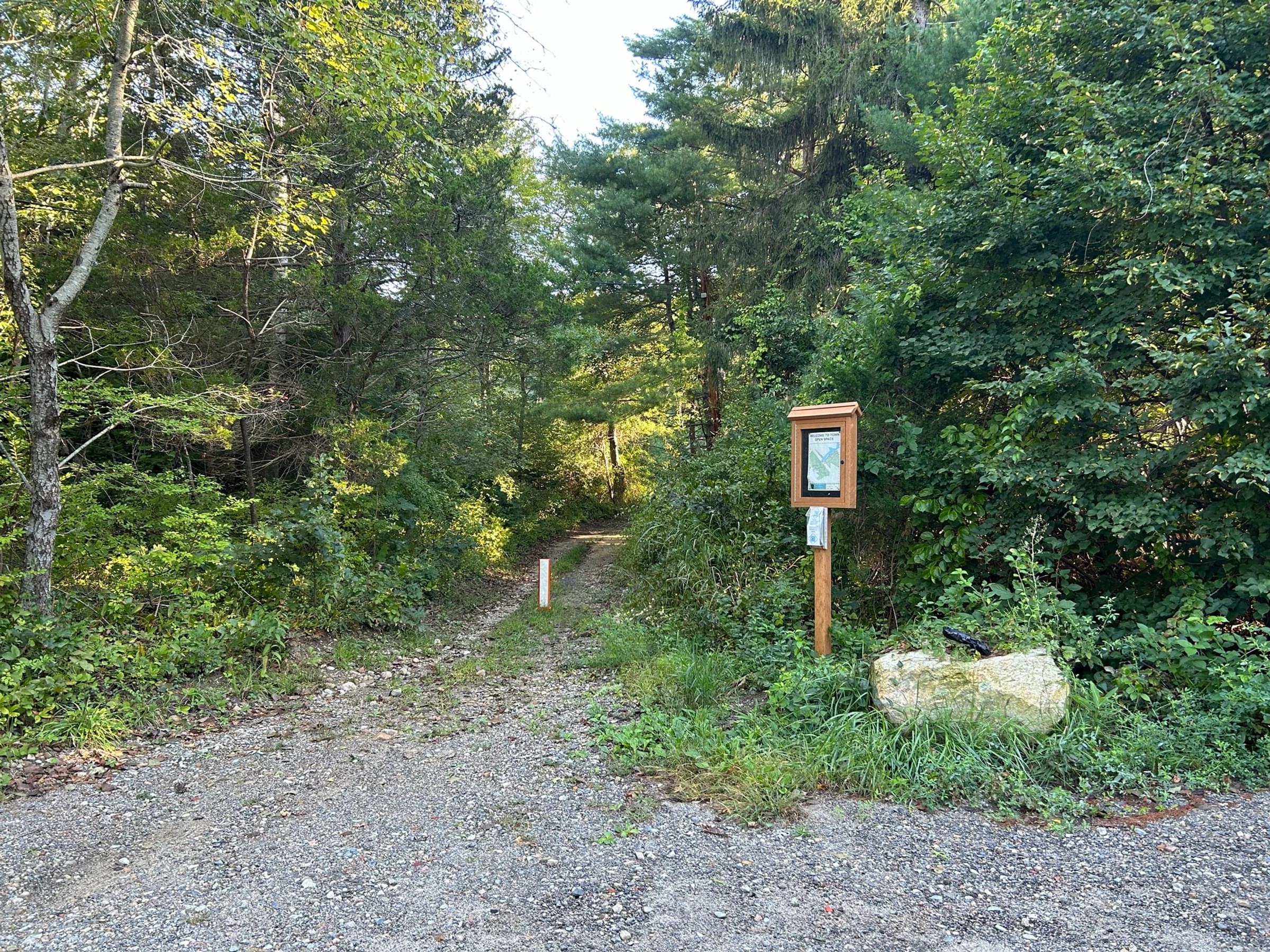Russell Mill Pond Conservation Area

Russell Mill Pond Conservation Area
Plymouth, Massachusetts 02360
Russell Mill Pond Conservation Area (North and South Rivers Watershed Association) webpageAbout this Location
This property, as well as the Eel River Preserve, across the street, was initially preserved in 2003 when it was acquired by the Town of Plymouth with the help of Community Preservation funds. Massachusetts’ first bog restoration project was undertaken at Eel River Preserve, with the goal of re-establishing an Atlantic white cedar swamp. The cranberry bog’s ditches, dams, and culverts were removed in 2010, allowing the Eel River to flow freely.
Meanwhile here at the Russell Mill Conservation Area, major progress toward river restoration was achieved when a dam on the Eel River was removed and replaced with a pedestrian footbridge. There are still some remains of the 19th- and early-20th-century sawmill, which according to the Plymouth Trail Guide, “manufactured wooden boxes and barrels, and later made “shoddy” fabric.” In addition, ditches and agricultural structures were removed from a small cranberry bog near the entrance, allowing the bog to naturalize.
Long before European settlers arrived in 1620, this land was part of Pokanoket, a Wampanoag village governed by Massasoit. Colonists arrived in this area in the mid-to-late 1700s. Dams were placed along the river to power mills for lumber and textile production. Cranberry farming began at this site toward the end of the 1800s.
Features
Restrooms on site
Wheelchair accessible trail
Entrance fee
Content from Russell Mill Pond Conservation Area (North and South Rivers Watershed Association) webpage
Last updated March 2, 2024